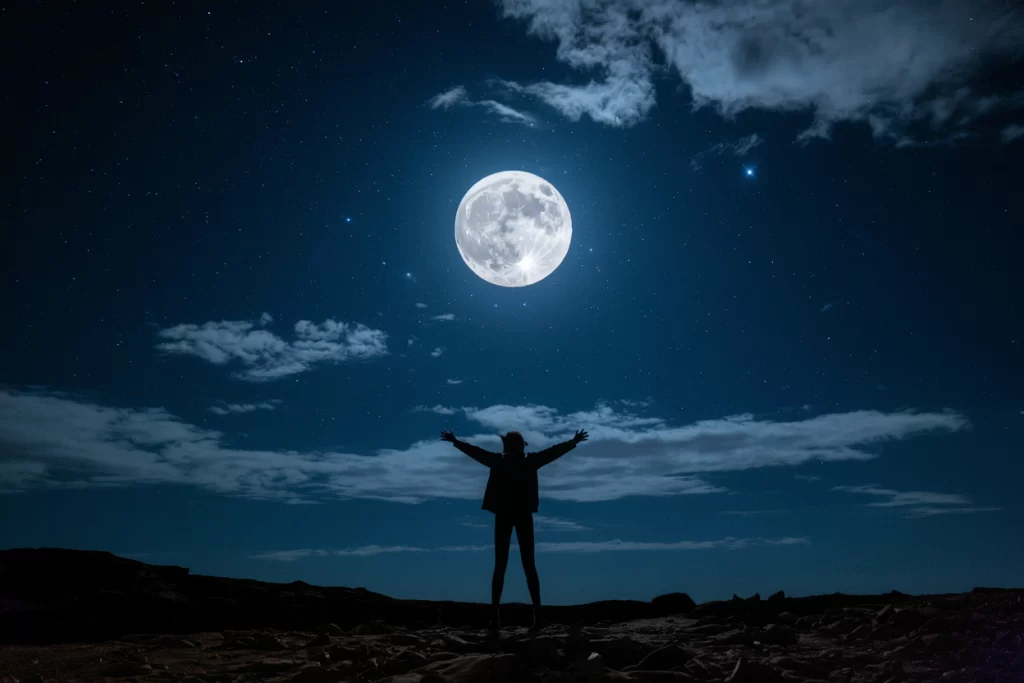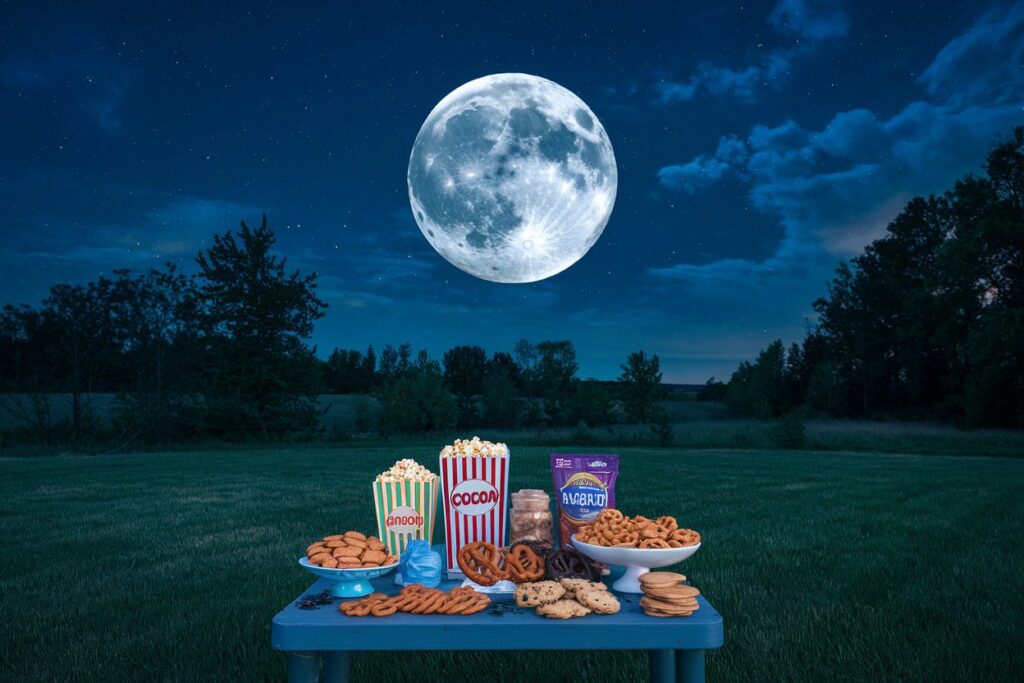How to Photograph the Night Sky Without Feeling Like a Total Amateur
So, you’ve decided to take pictures of the night sky. Great! Welcome to the world of squinting at tiny camera settings in the dark while mosquitos plot your demise. But seriously, it’s a magical hobby that lets you capture the universe—without needing NASA’s budget. Let’s dive in.

1. Why Even Bother?
Because when you show people your astrophotography, they’ll say things like, “Wow, did YOU take that?” instead of, “Is that a smudge on your lens?” Plus, the stars don’t move much, so unlike toddlers or pets, they’re easy to photograph (mostly).
2. Your Arsenal of Gear (a.k.a. Expensive Toys)
a. A Camera That Does More Than Snapchat
- Use a DSLR or mirrorless camera. If you’re thinking, “But my phone has Night Mode!” just… don’t.
b. A Lens with Low-Light Superpowers
- Wide-angle and fast lenses are your best friends. Think f/2.8 or lower. If your lens is f/5.6, it’s not a friend. It’s an acquaintance.
c. Tripod
- A wobbly tripod is as useful as a chocolate teapot. Invest in a sturdy one. Your future self will thank you.
d. Remote Shutter Release
- Because touching your camera during a long exposure is like poking a soufflé while it’s baking. Just don’t.
e. Other Stuff You’ll Wish You Had
- Extra batteries (your camera will guzzle them).
- Memory cards (because stars like to photobomb in high resolution).
- A headlamp with a red light so you don’t blind yourself or the raccoon sneaking up behind you.
3. Step One: Plan Like a Nerd
a. The App Store Is Your Friend
Download apps like Stellarium or SkySafari to locate celestial objects. If you wing it, you’ll spend the night saying, “Is that a star or an airplane?”
b. Timing Is Everything
- A new moon = dark skies. A full moon = it’ll look like daytime and ruin your vibe.
- Meteor showers? Check. Cloudy skies? Hard pass.
c. Location, Location, Location
- Find a dark spot away from city lights. If you’re in the suburbs, prepare for confused neighbors asking why you’re loitering in a field.

4. Camera Settings That Won’t Make You Cry
a. Manual Mode
This is not the time for “Auto.” Be the boss of your camera.
b. Aperture
Go as wide as your lens allows. f/2.8? Perfect. f/22? That’s for photographing ants, not galaxies.
c. Shutter Speed
Use the 500 Rule:
Shutter Speed (s)=500Focal Length (mm)\text{Shutter Speed (s)} = \frac{500}{\text{Focal Length (mm)}}Shutter Speed (s)=Focal Length (mm)500
Anything longer, and your stars will look like squiggles. Unless you want squiggles. In that case, carry on.
d. ISO
Start with ISO 1600 and pray your camera doesn’t turn the photo into a grainy mess. If it does, upgrade your camera or lower your expectations.
e. Focus
- Manual focus is key. Use live view, zoom in on a bright star, and twist that focus ring until the star is sharp enough to cut glass.
5. Techniques for Out-of-This-World Photos
a. Milky Way
- Think of the Milky Way as the Kardashians of the sky—glamorous and everyone wants a picture.
- Find it with apps, frame it with something cool on the ground, and shoot away.
b. Star Trails
- Long exposures turn stars into magical swirls. But be warned: this takes time. Like “watching paint dry but colder” levels of time.
c. Meteor Showers
- Set up your camera, aim at the sky, and wait. And wait. And… oh, did you just blink? You missed one.
d. The Moon
- The moon’s brightness is no joke. Use a faster shutter speed, or it’ll look like you photographed a flashlight.

6. The Art of Not Ruining Your Shots
a. Light Pollution
City lights are your enemy. If you live in a city, find a dark sky location or Photoshop the heck out of your photos later.
b. Lens Fog
If your lens fogs up, don’t wipe it with your sleeve like a barbarian. Use a lens warmer or a gentle microfiber cloth.
c. Noise
Your camera may try to turn your night sky into a snowy TV screen. Fix this in editing—or embrace it and call it “art.”
7. Post-Processing: Making the Stars Pop
- Use Lightroom or Photoshop. They’re your magic wands.
- Play with contrast, highlights, and shadows to make your stars look less “meh” and more “wow.”
- Don’t go overboard. If your photo looks like a unicorn exploded, you’ve gone too far.
8. Show Off and Pretend You’re a Pro
- Post your best shots on Instagram. Add hashtags like #Astrophotography, #NightSky, and #IStayedUpAllNightForThis.
- Brace for comments like, “Is that real?” and “What camera do you use?”
9. Bonus Tips for Survival
- Bring snacks. Stargazing is hard work, and you’ll need fuel. (Also, snacks make you less afraid of the dark. Fact.)
- Beware of animals. That rustling sound? Probably a squirrel, but let’s not take chances.
- Have fun. The stars won’t judge you if your first attempts look like blurry messes. But your friends might.

10. Final Thoughts
Night sky photography isn’t just about the photos—it’s about the adventure. You’ll learn patience, discover constellations, and maybe even develop a grudging respect for dew. So grab your camera, step into the night, and remember: even if your photos don’t turn out perfect, at least you’ll have a great story about that one time you scared a deer in the middle of nowhere.
Now go forth and shoot the stars—just not literally.

